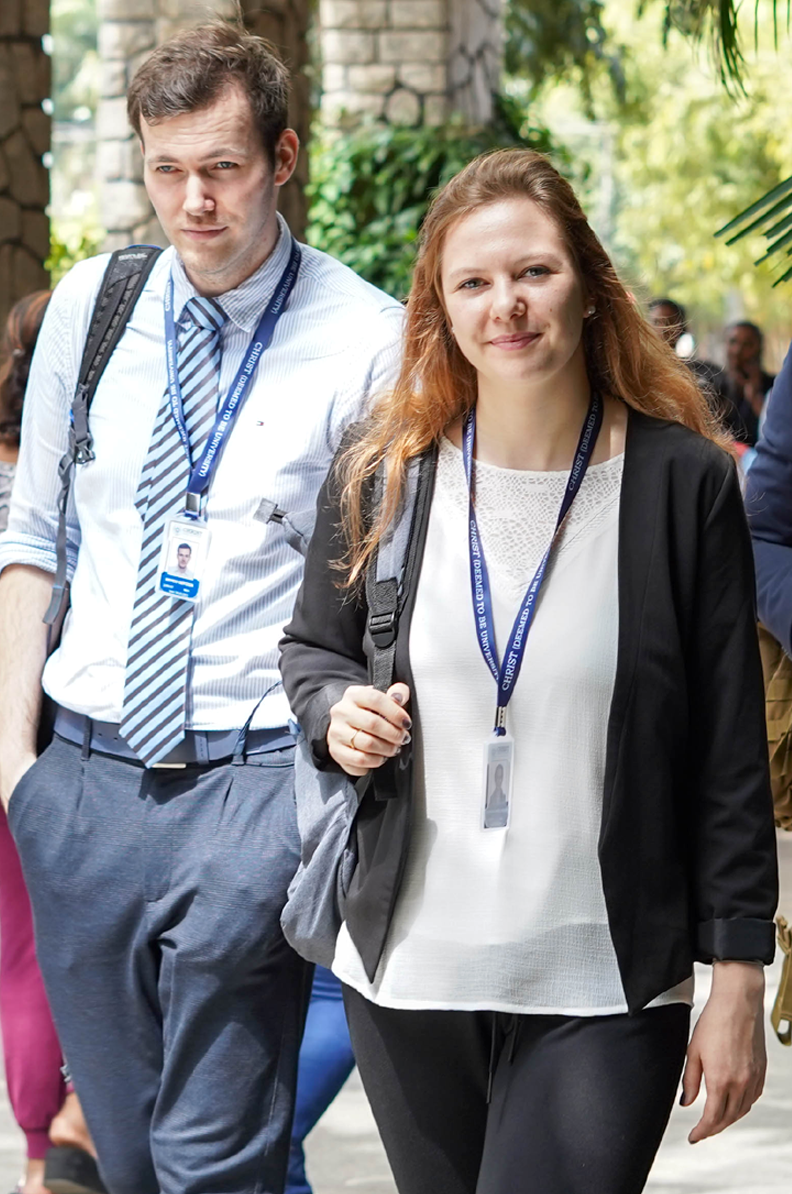Eligibility Criteria for B Arch Admission as per COA Regulations 2020
Gazetted notification for B Arch admission 2024-25.
[1] Qualifying Examination Score
Candidate has passed 10+2 or equivalent examination with Physics and Mathematics as compulsory subjects along with either Chemistry or Biology or Technical Vocational subject or Computer Science or Information Technology or Informatics Practices or Engineering Graphics or Business Studies with at least 45% marks in aggregate.
or
Candidate has passed 10+3 Diploma Examination with Mathematics as compulsory subject with at least 45% marks in aggregate
[2] Aptitude Test Score
A Qualified Aptitude Test score in NATA 2024/2025 conducted by the Council of Architecture
Those candidates who have already appeared for NATA 2024 and availed of one, two, or three attempts and obtained a valid NATA 2024 score, may also apply for NATA 2025 but their NATA 2024 score shall be frozen if they avail three attempts in NATA 2025. Their NATA 2025 score shall be calculated/determined as under, depending upon number of attempts:
.png)
*NOTE: The eligibility criteria would be as per the COA Norms announced periodically
Students pursuing an International curriculum must note that eligibility is according to AIU stipulations: (Passed an examination at the end of the 10+2 scheme of examination with at least 45 per cent. aggregate marks in Physics, Chemistry and Mathematics and also at least 45 per cent marks in aggregate of the 10+2 level examination)
Applicants pursuing the IB curriculum must have 3 HL and 3 SL with 24 credits.
Applicants pursuing GCE / Edexcel must have a minimum of 3 A levels with a grade not less than C.












.png)
.png)